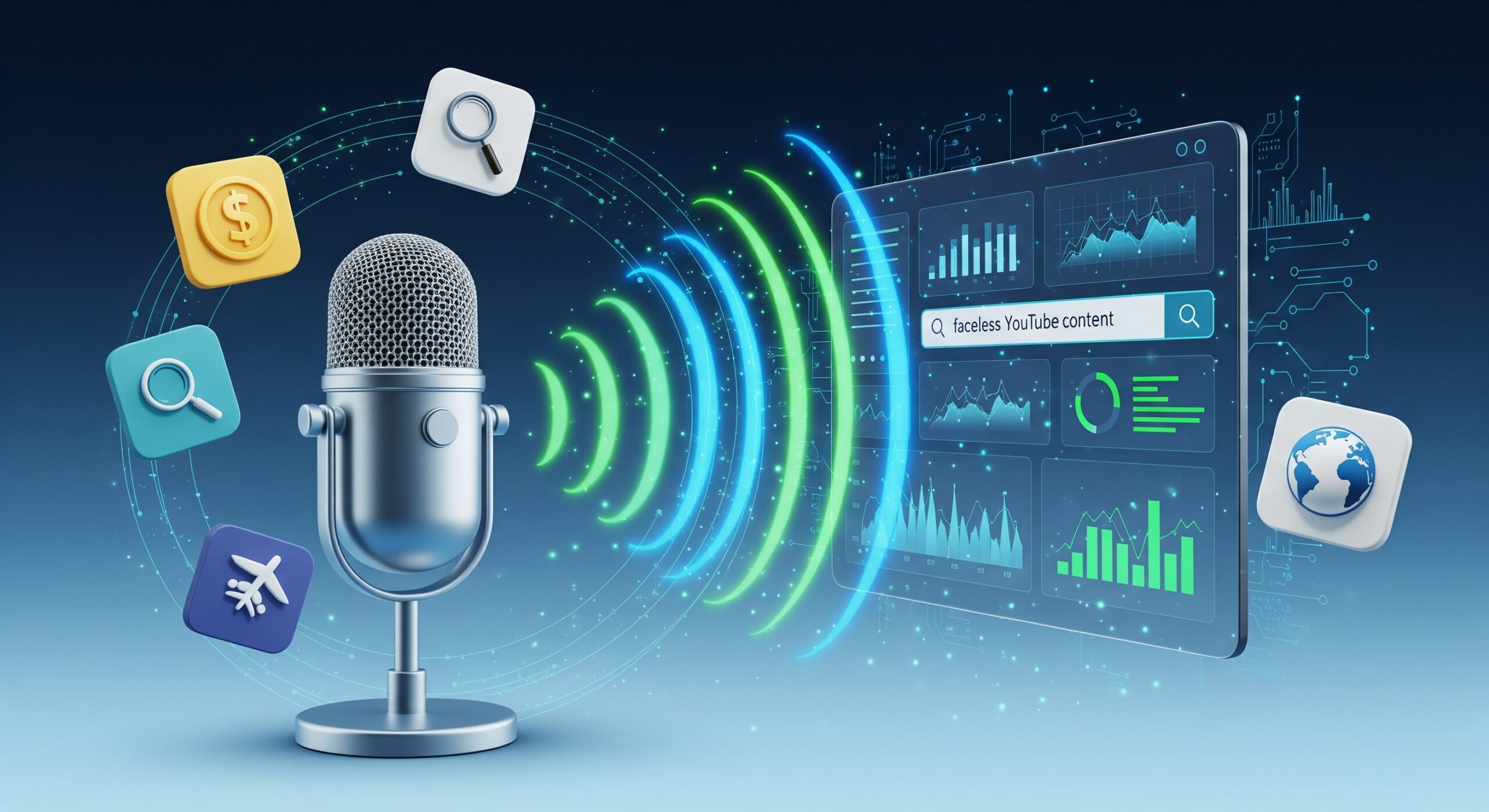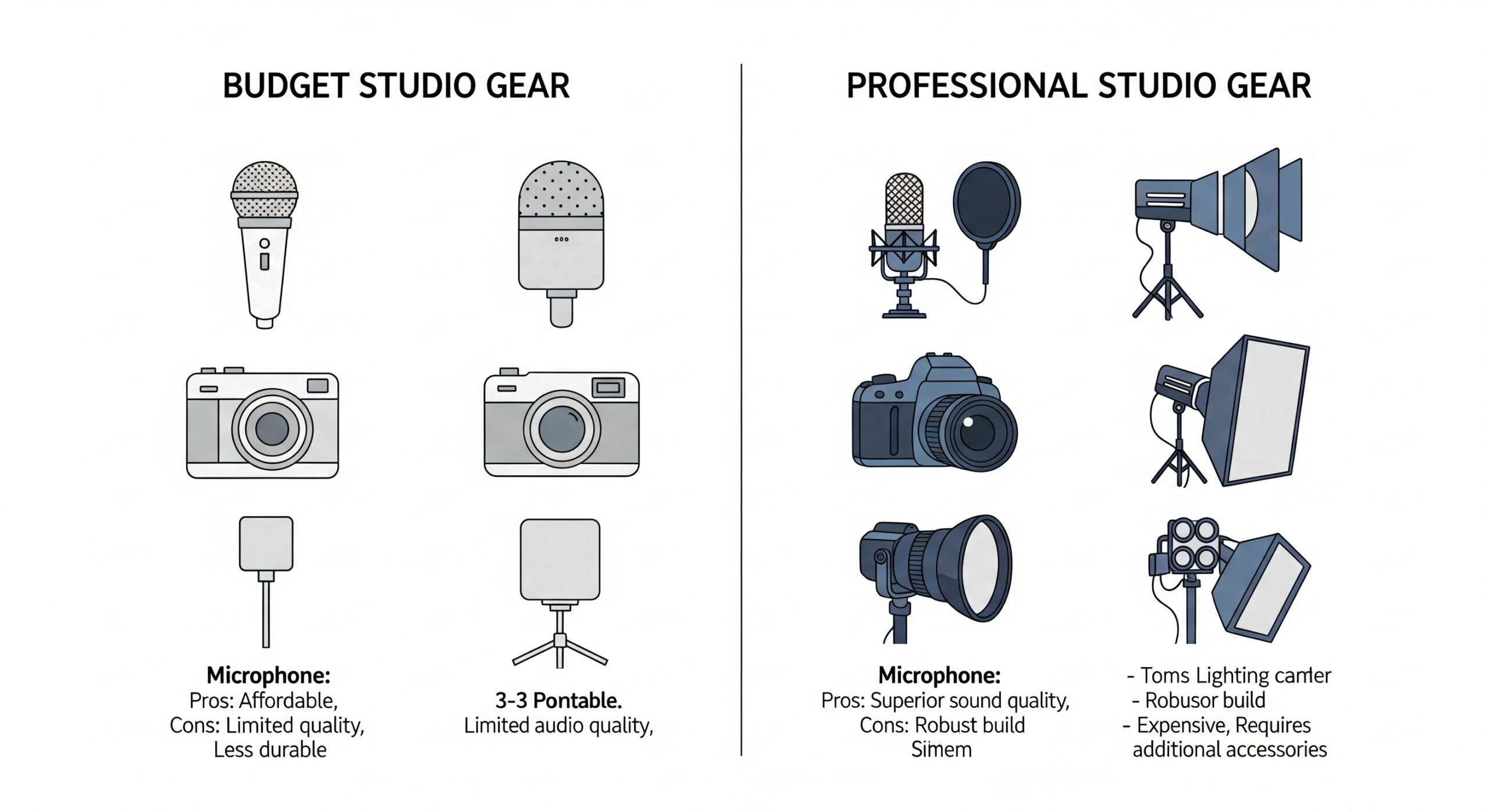Becoming a YouTuber is more than just creating videos—it’s a way to build influence, share your ideas, and even earn an income. Millions of people worldwide watch YouTube every day, making it one of the most powerful platforms to grow a personal brand or business. If you want to reach a global audience, express creativity, or establish authority in a niche, understanding how to become a YouTuber is essential. With consistency, strategy, and smart planning, YouTube can become a platform to showcase your skills and make an impact.
1. Define Your Why & Measure of Success
Before uploading your first video, ask yourself: Why do I want to start a YouTube channel? Are you educating, entertaining, or inspiring your audience? Your “why” will keep you motivated during slow growth periods.
Measure success through multiple lenses:
- Subscriber count
- Watch time and retention
- Engagement (likes, comments, shares)
- Growth of brand or influence
- Revenue once monetized
- Clearly defining goals and tracking metrics will help you stay focused and improve continuously.
2. Choose a Niche — And Stand Out
Choosing a niche helps your channel attract the right audience and stand out from the competition. Focus on topics you are passionate about and skilled in. Some ways to pick a niche:
- Identify your strengths and interests
- Research trending issues with high demand
- Check competitors and find gaps you can fill
- Evaluate potential monetization options
- A clearly defined niche makes content planning easier and helps attract loyal subscribers who relate to your expertise.
Related Post : How to Reach My First 5K Followers on YouTube – 10 Proven Growth Tips
3. Plan Your Channel Launch and Content Strategy

Successful YouTubers don’t wing it—they plan. Map out your content strategy before publishing your first video:
- Decide the type of content (tutorials, reviews, vlogs, educational, or entertainment)
- Create a content calendar (plan 2–3 months ahead)
- Establish posting frequency (consistency beats volume)
- Set measurable goals for growth (views, subscribers, watch time)
- Planning ensures your channel launches with direction and a cohesive brand image.
4. Setting Up: Channel Basics and Visual Branding
| Step | Action | Tips |
|---|---|---|
| Account | Create a Google account | Use your real name or brand name |
| Channel Name | Pick a memorable, niche-focused name | Keep it short and easy to spell |
| Profile Picture | Use a clear, professional image | Can be logo or personal photo |
| Banner | Design a banner reflecting your niche | Include upload schedule if possible |
| About Section | Write a concise channel description | Highlight your value proposition |
| Links | Add social media & website links | Helps build authority |
5. Gear Up: Equipment, Software & Studio Setup

| Type | Recommended Tools | Notes |
|---|---|---|
| Camera | DSLR, Mirrorless, or Smartphone | Focus on clarity over cost |
| Microphone | Lavalier, USB, or Condenser Mic | Good audio improves watch time |
| Lighting | Softbox, Ring Light, or Natural Light | Avoid shadows, ensure consistency |
| Editing Software | Adobe Premiere, Final Cut, or DaVinci | Beginner-friendly or advanced options |
| Background/Studio | Clean, uncluttered, or thematic | Adds professionalism |
6. Create High-Quality Video Content
Quality content is key to growth. Follow these tips:
- Hook viewers in the first 5–10 seconds
- Keep videos concise and engaging
- Use storytelling to maintain attention
- Include clear call-to-actions (subscribe, like, comment)
- Edit for pacing, audio, and visual clarity
- High-quality content builds credibility, encourages shares, and increases watch time—critical for YouTube’s algorithm.
7. Optimize: SEO for Titles, Descriptions & Thumbnails

YouTube SEO helps your videos get discovered. Focus on:
- Titles: Use your main keyword naturally; keep it under 60 characters
- Descriptions: Include 2–3 target keywords and detailed summaries
- Tags: Add related keywords and variations. To find the best tags for your video, you can use tools like YouTube Tags Extractor to identify high-performing keywords.
- Thumbnails: Bright, clear images with readable text
- Closed Captions: Improves accessibility and ranking
Proper optimization ensures your videos reach the right audience and perform better in search results.
8. Grow Audience: Engagement & Promotion Tactics
Growing a channel requires active promotion and engagement:
- Respond to comments to build community
- Collaborate with other creators
- Share videos on social media and forums
- Encourage viewers to like, subscribe, and share
- Run giveaways or contests to boost engagement
- A loyal audience is more valuable than a large but inactive one.
9. Track Progress: Analytics and Growth Metrics
Use YouTube Analytics to measure performance:
- Watch Time: Indicates viewer retention
- Average View Duration: Shows if content is engaging
- Traffic Sources: Understand where your audience comes from
- Click-Through Rate (CTR): For thumbnails and titles
- Tracking these metrics allows you to refine strategy, improve content, and grow faster.
10. Monetization: How and When to Turn Your Channel into Income
YouTube monetization opens after meeting eligibility:
- 1,000 subscribers and 4,000 watch hours in 12 months
- Monetization options include:
- Ad revenue (YouTube Partner Program)
- Affiliate marketing and sponsorships
- Merchandise and paid memberships
- Offering services or digital products
- Start monetization once your channel meets requirements and revenue strategies are clear.
11. Overcoming Challenges and Staying Consistent
YouTube growth is rarely linear. Overcome challenges by:
- Maintaining a content calendar
- Avoiding burnout with realistic schedules
- Embracing constructive criticism
- Continuously learning trends, editing, and SEO
- Consistency and perseverance are key—view setbacks as learning opportunities rather than failures.
FAQ Section – How to Become a YouTuber
What equipment do I need to start?
Start simple. A smartphone with a good camera, a basic microphone, and natural lighting is enough for beginners. Upgrade gradually as your channel grows.
How often should I upload to grow?
Consistency beats frequency. Aim for 1–3 videos per week. More uploads are helpful only if quality is maintained.
When can I apply for monetization?
Once you have 1,000 subscribers and 4,000 watch hours in the past 12 months, you can apply to the YouTube Partner Program.
How do I find my target audience?
Research competitors, analyze trends, and engage with comments. Use YouTube Analytics to identify viewer demographics and interests.
Are faceless channels viable long-term?
Yes. Channels that focus on tutorials, compilations, or animations can succeed, but storytelling and consistency remain crucial.
How can I stay motivated and manage criticism?
Focus on your “why,” celebrate small wins, and separate constructive feedback from negativity. Building a supportive community also helps maintain motivation.

I’m Shivam Panchal, an SEO expert and digital marketer from Delhi. I run SEO Shades, where I share practical SEO tips, link-building strategies, and website growth hacks. With over 3 years of experience, I help businesses boost their online visibility and rank higher on Google.


